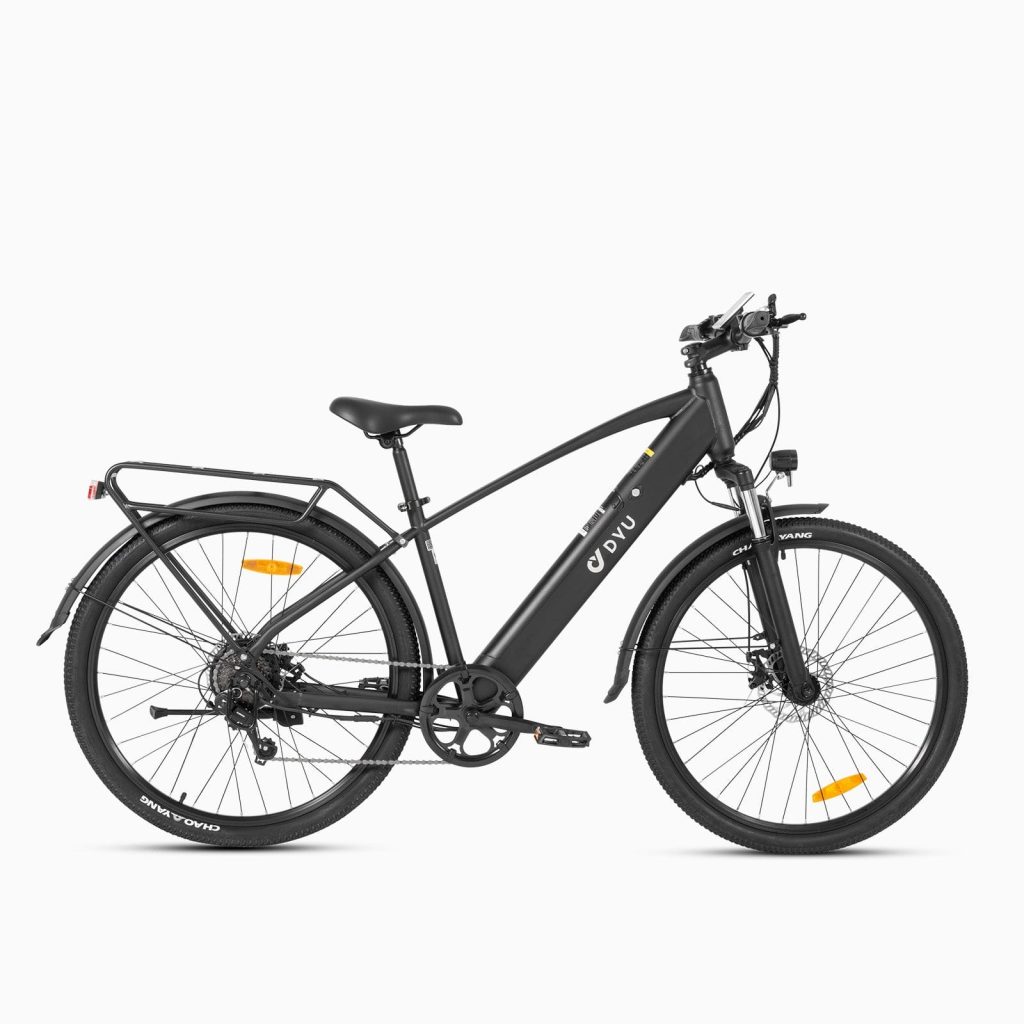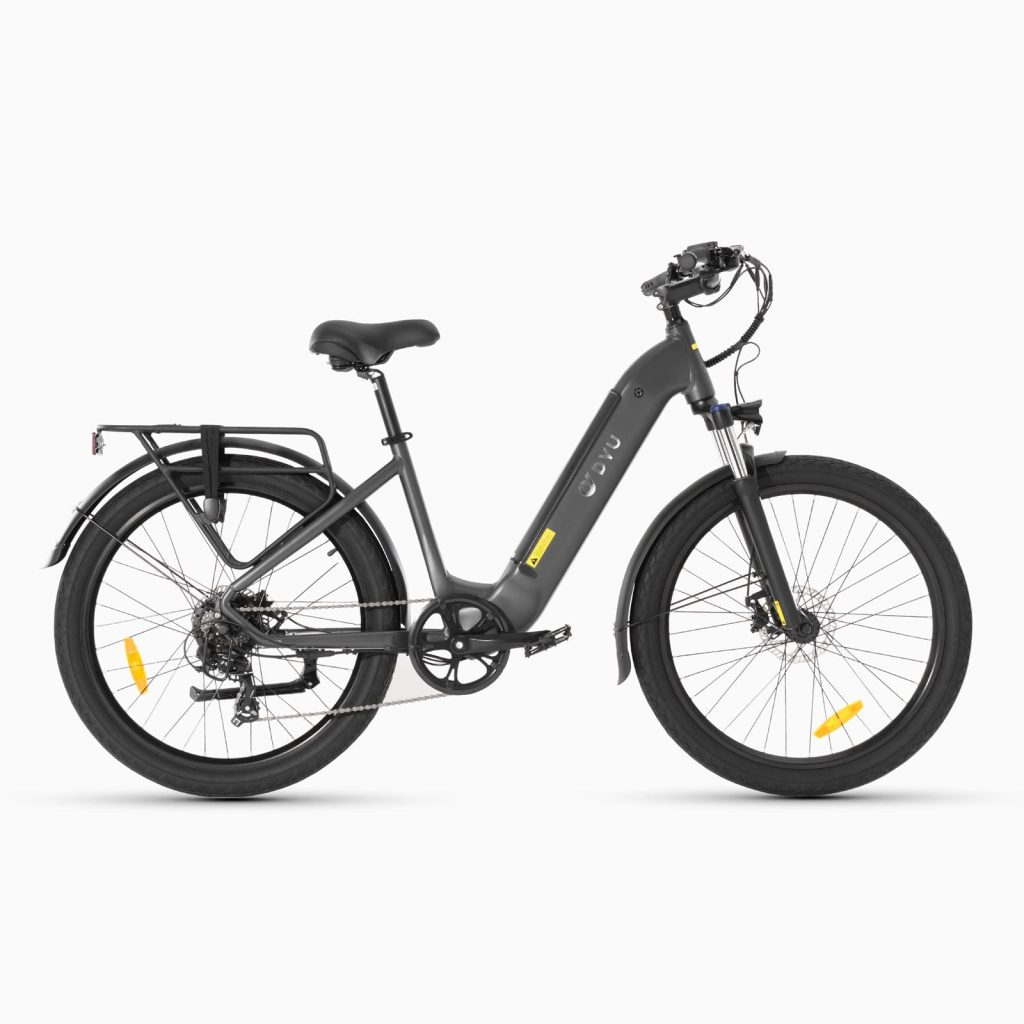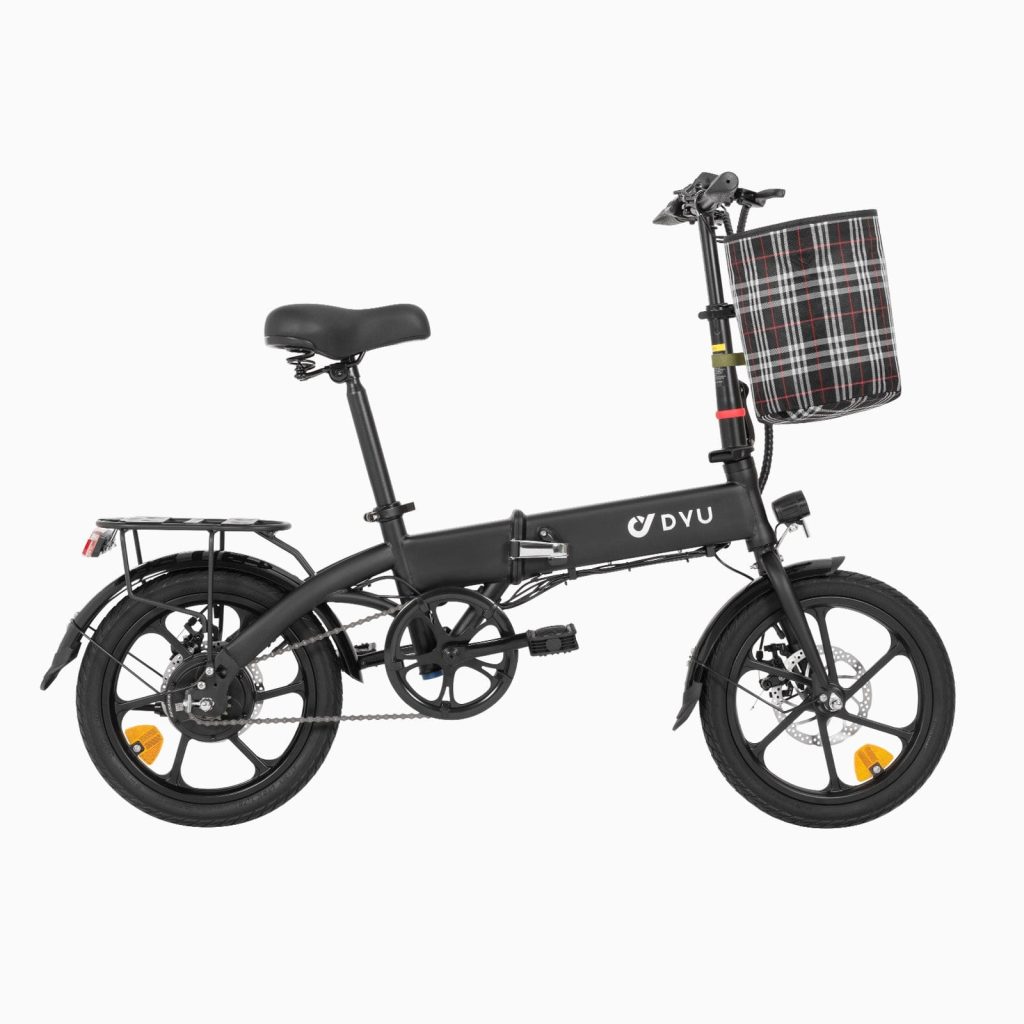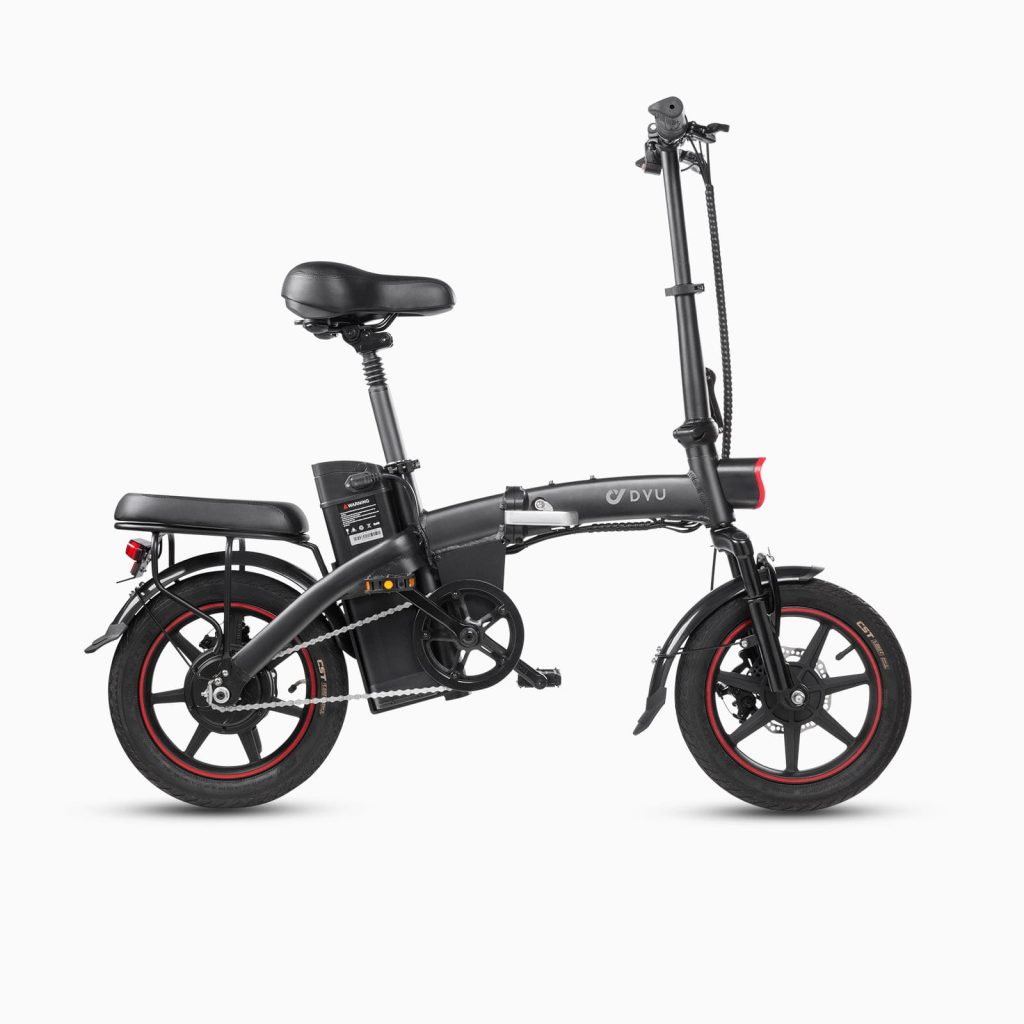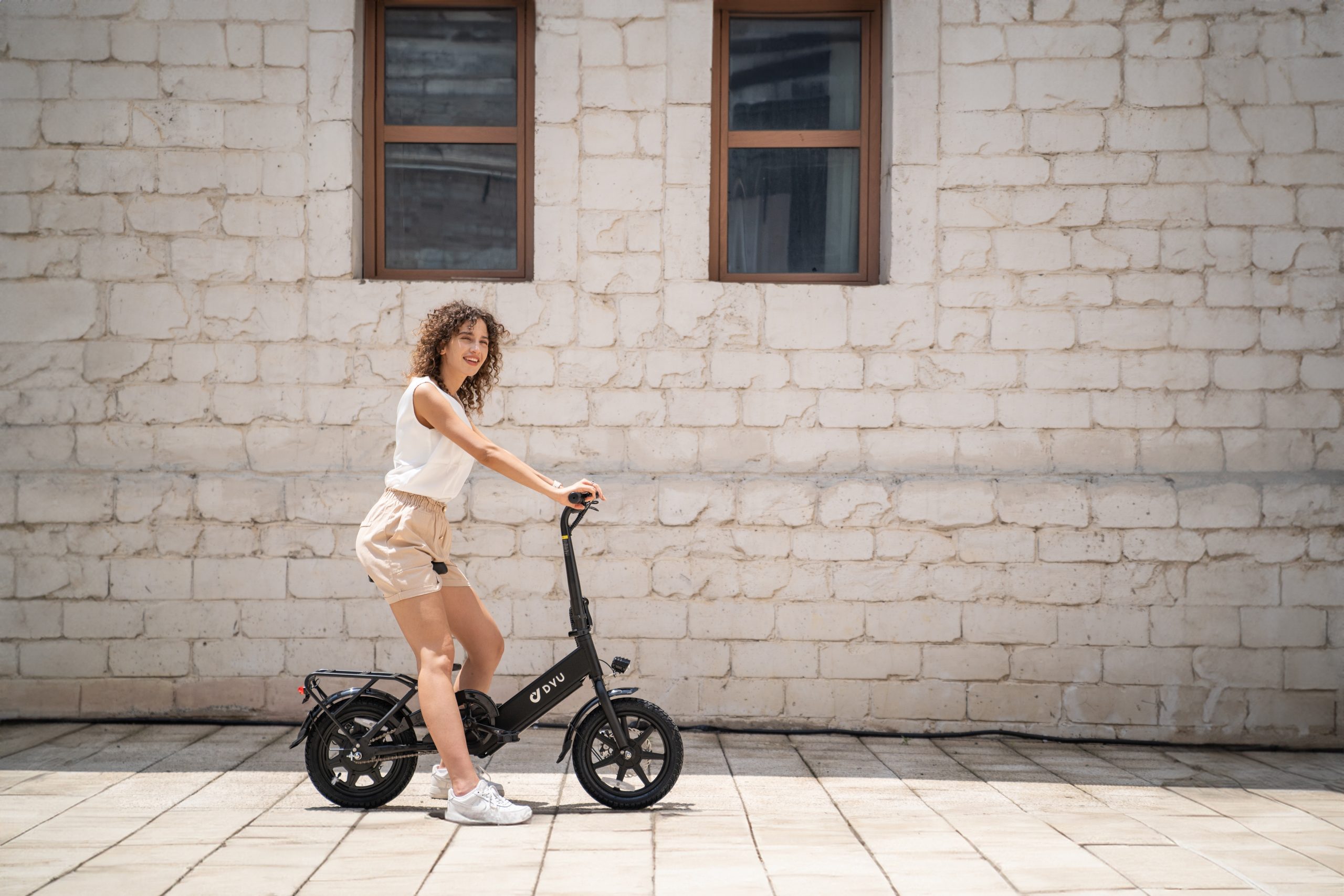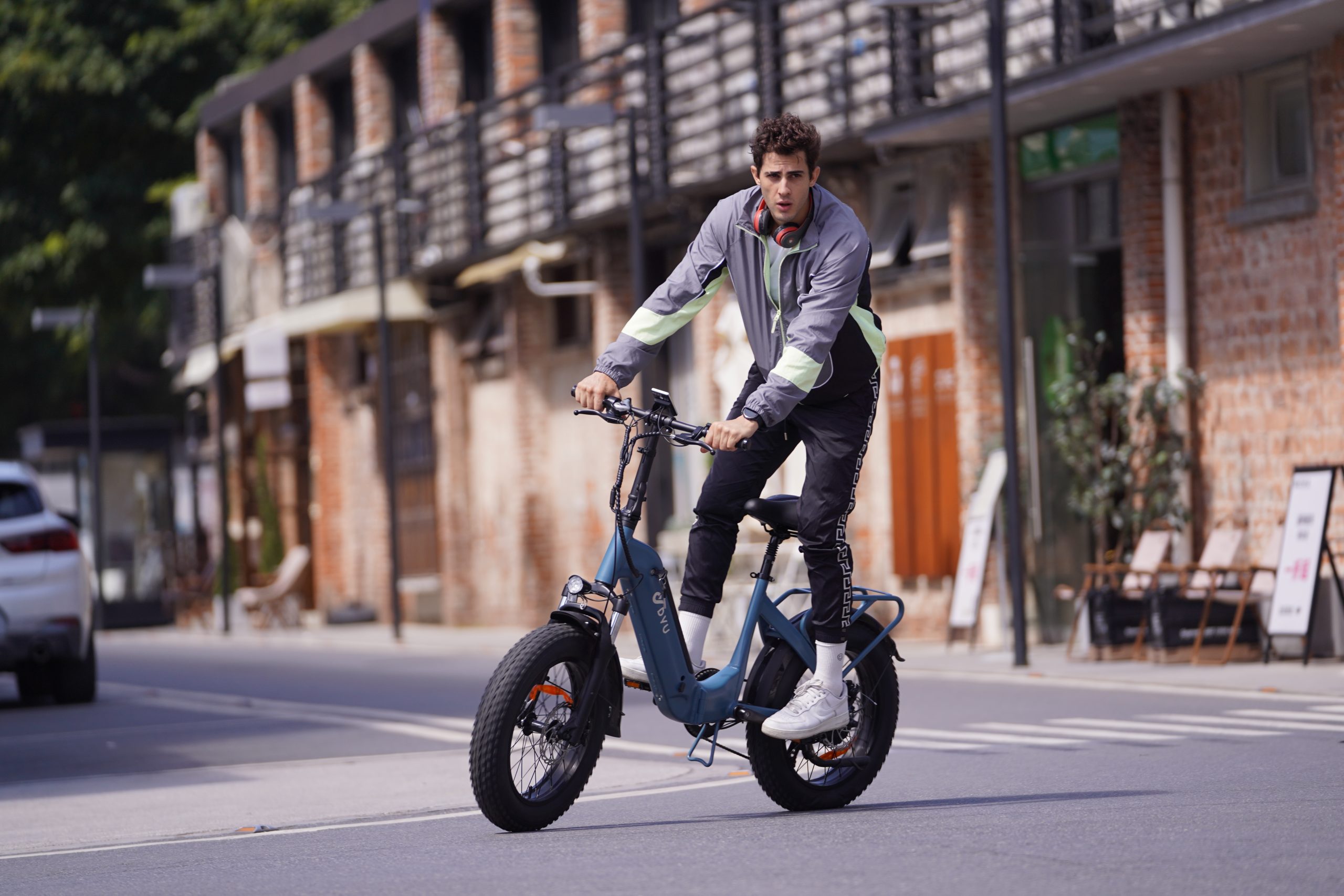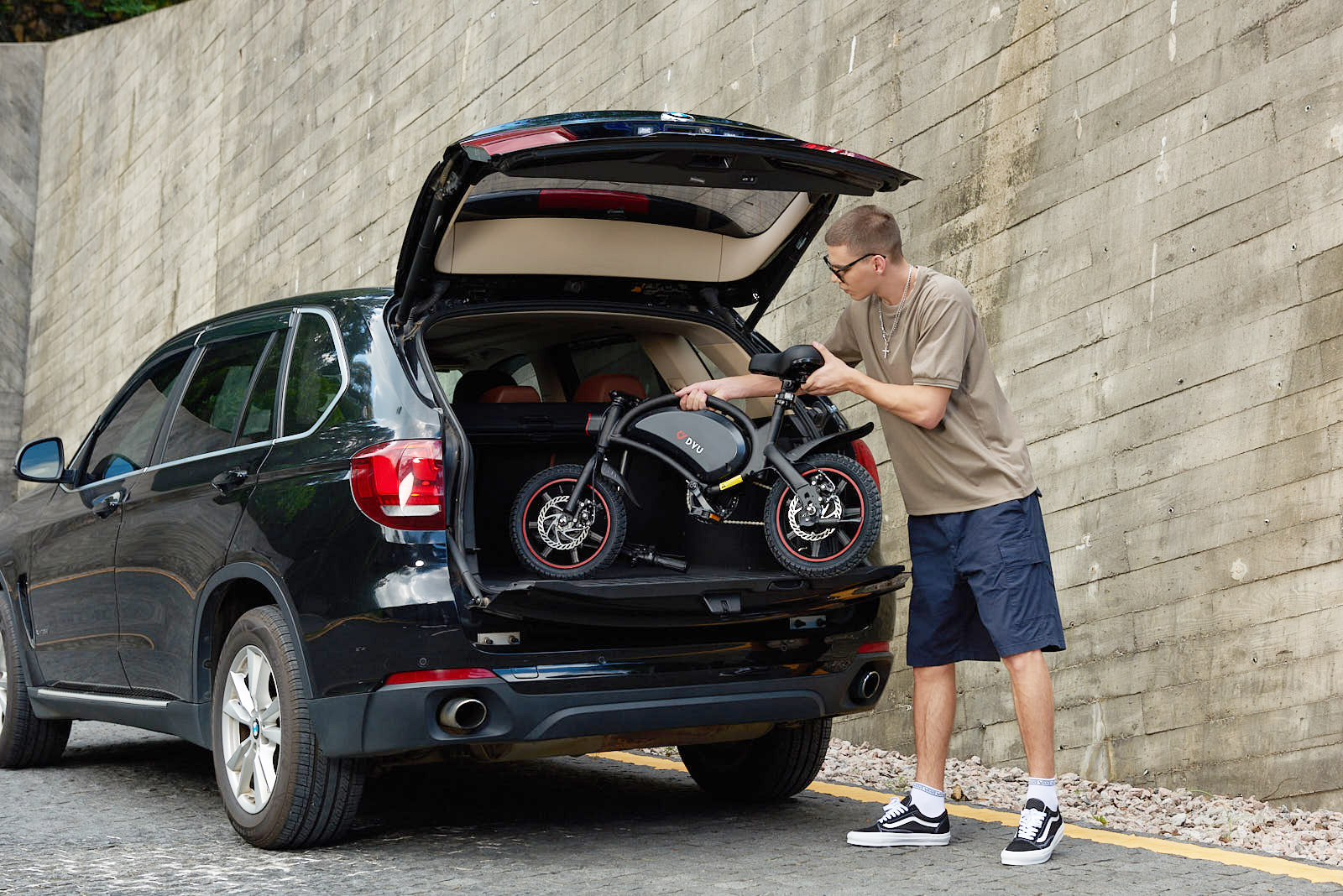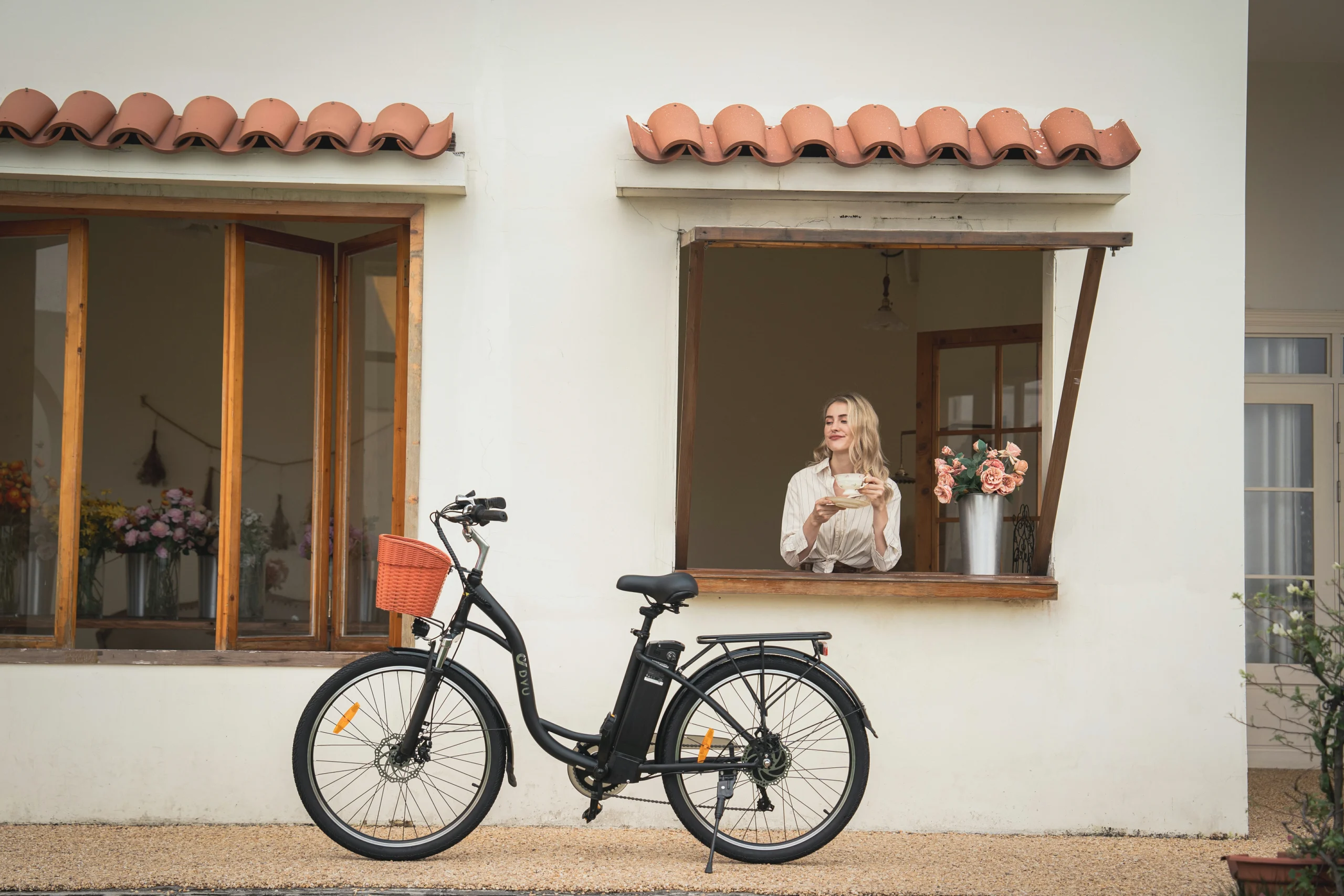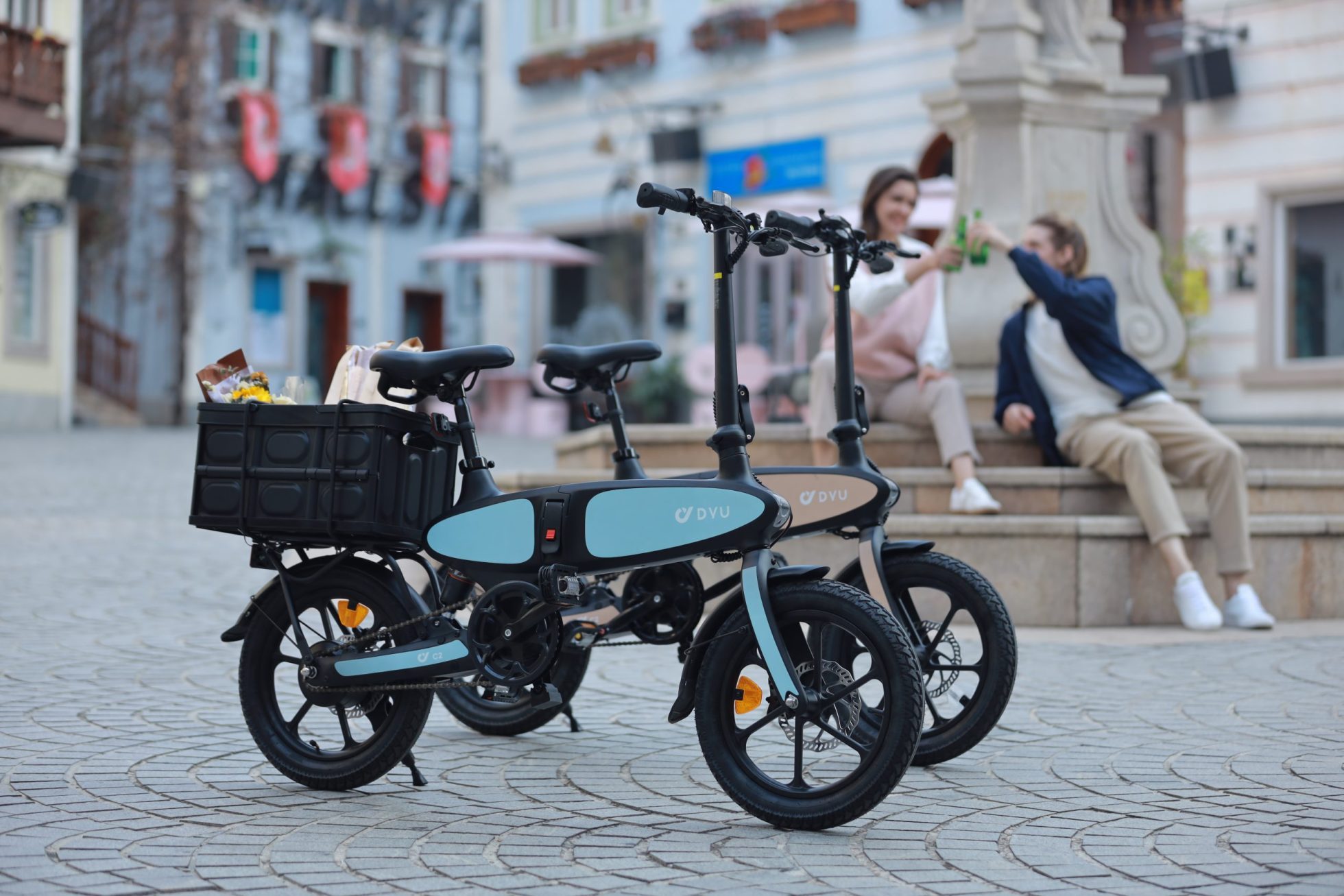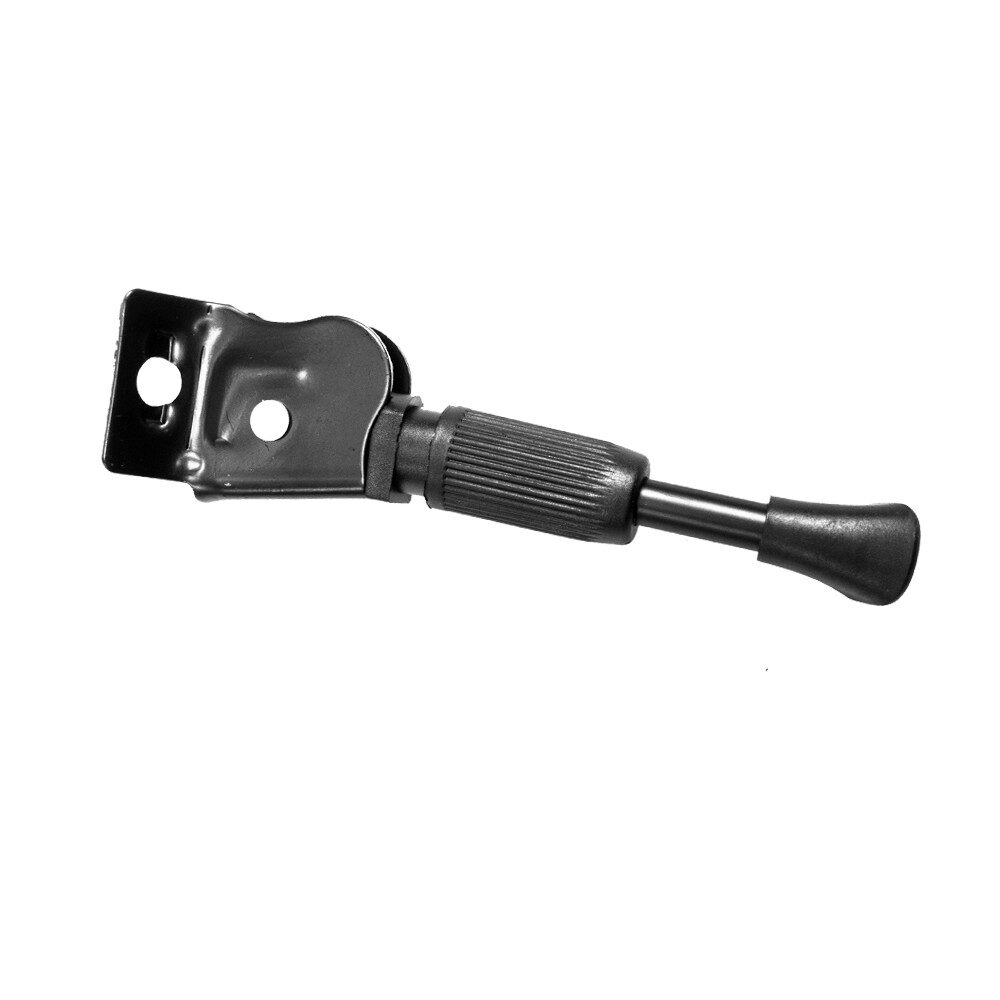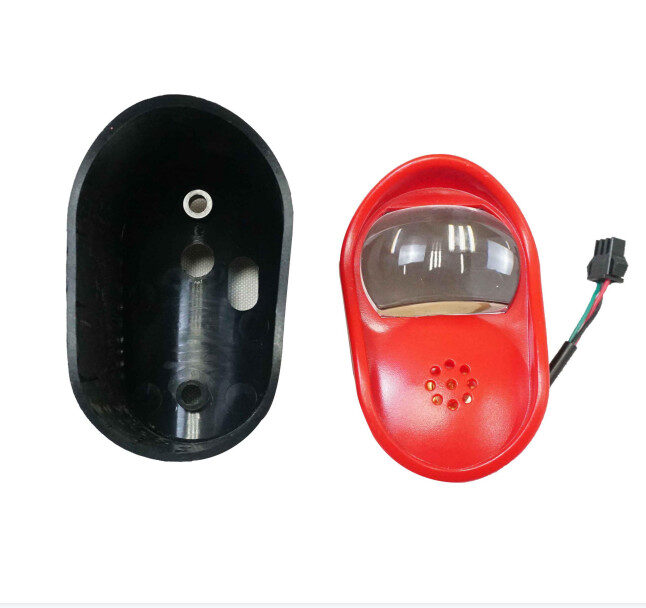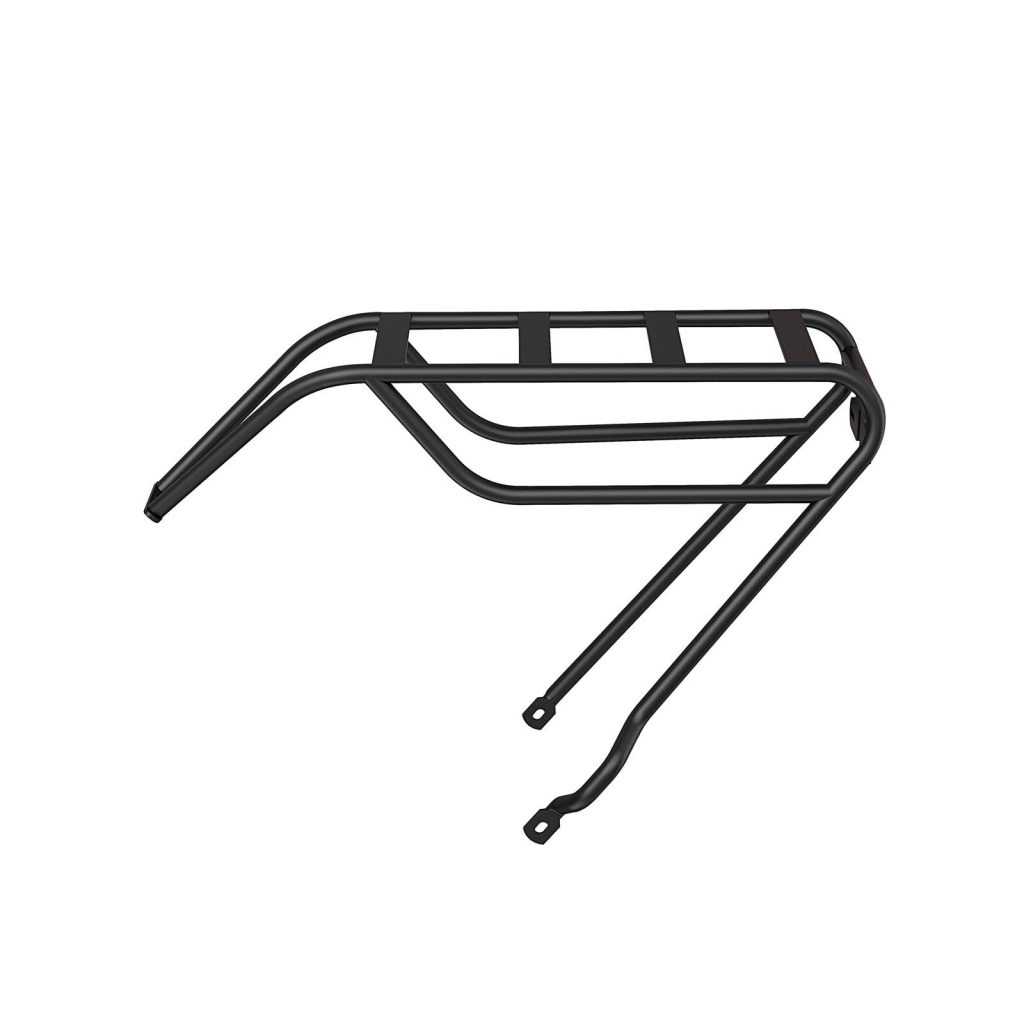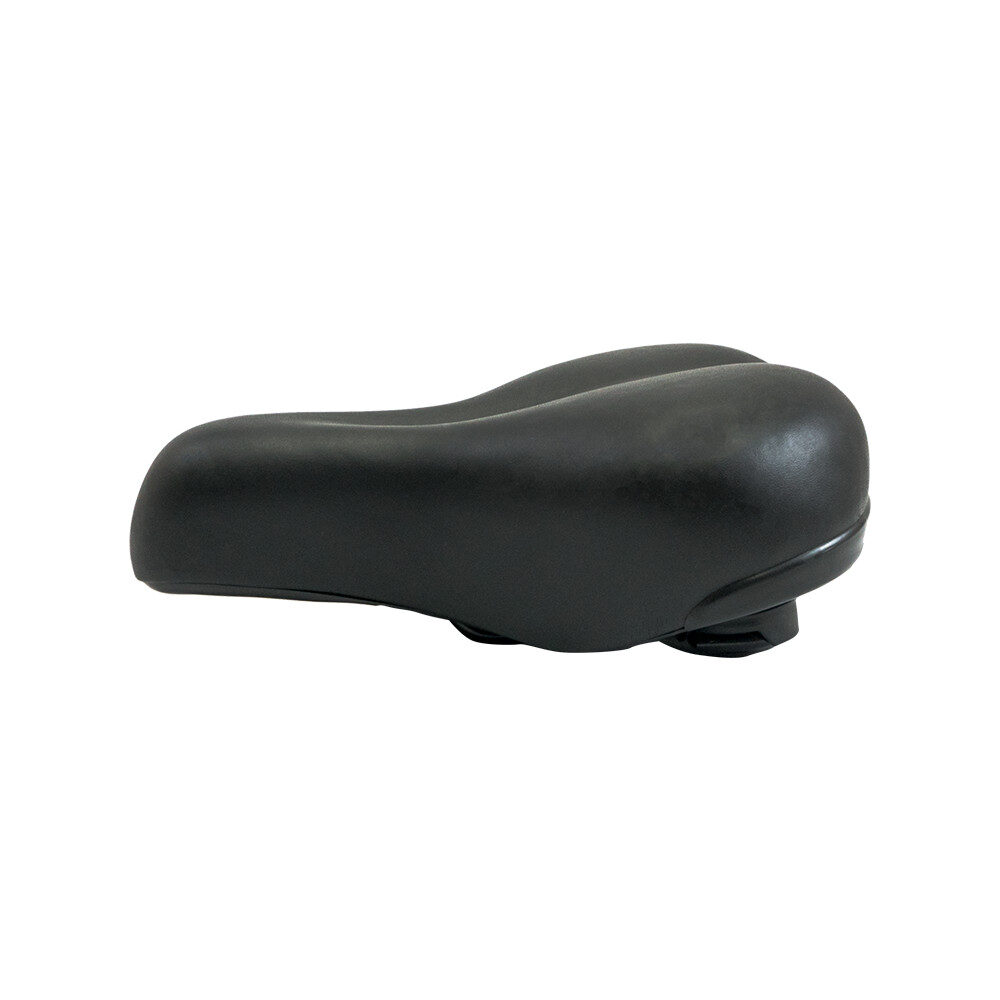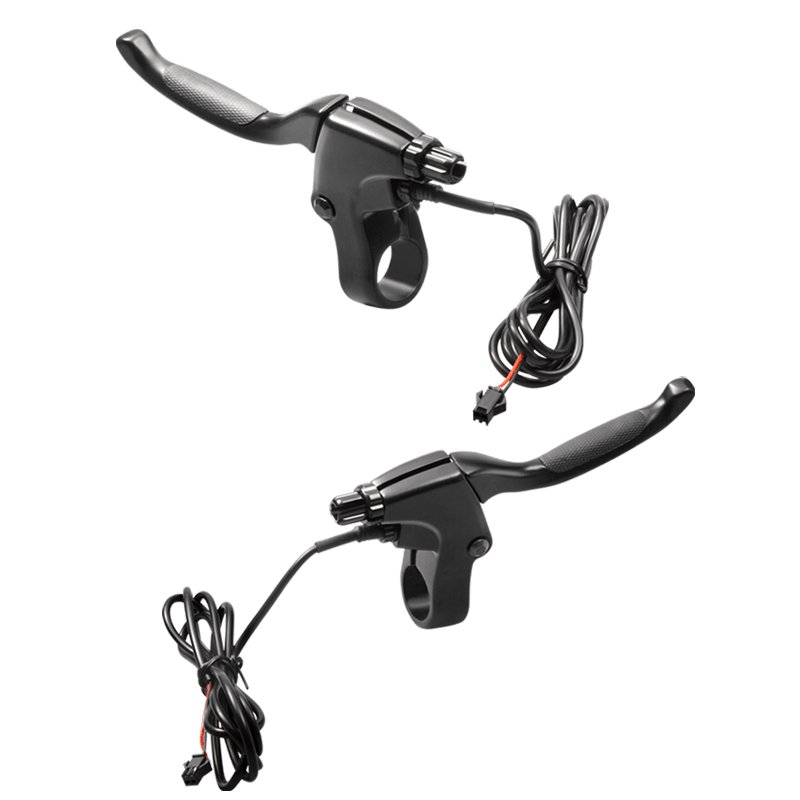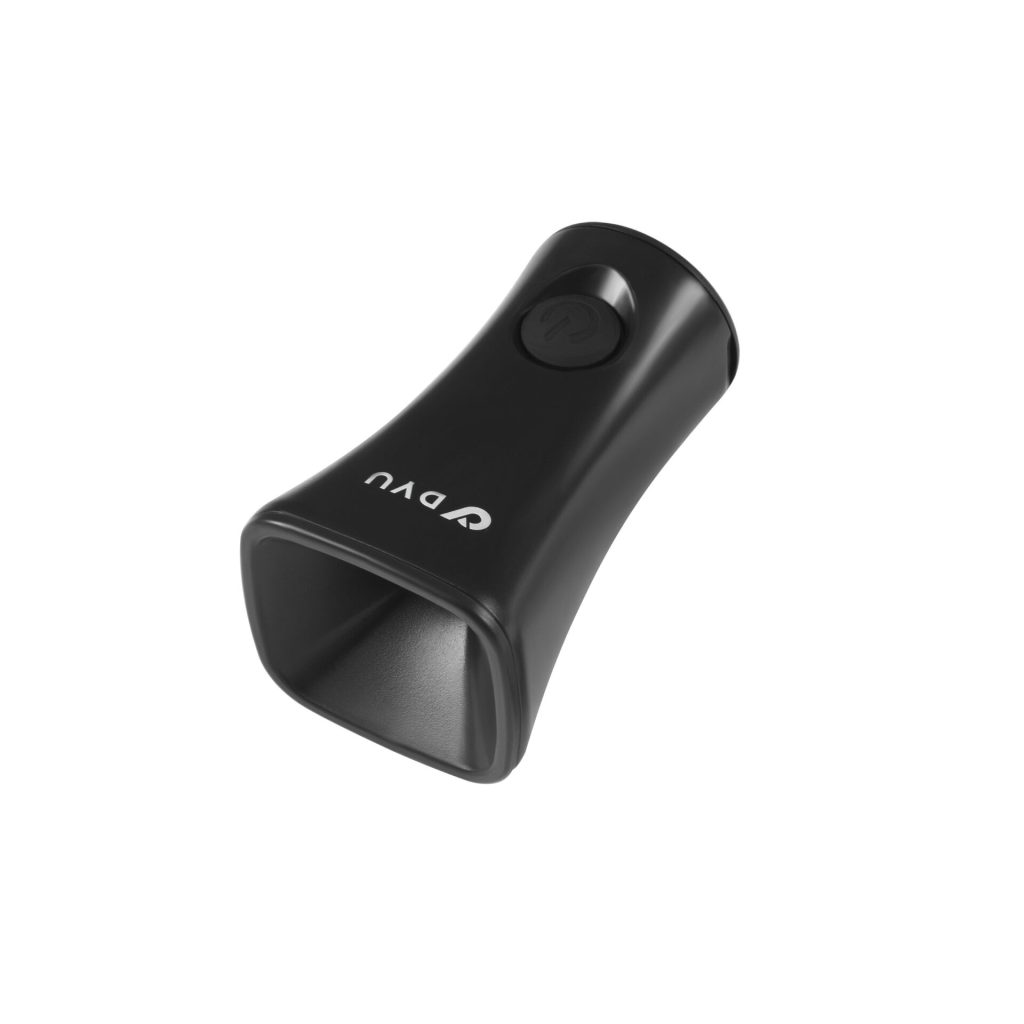Your e-bike’s range could drop by half during winter if you don’t take proper care of its battery. Research shows that lithium-ion batteries lose about 20% of their capacity at freezing temperatures (0°C).
The situation becomes more challenging at -15°C, where e-bikes lose a whopping 46% of their rated range. The sort of thing I love about this is the simple science behind it. Cold weather makes your e-bike battery’s electrolyte thicker, as with molasses becoming more viscous than honey. This thickness dramatically slows down the battery’s chemical reactions.
E-bike riders who depend on their bikes throughout the year need to understand winter battery care. Cold temperatures don’t just reduce your riding range – they might permanently damage your battery without proper precautions. Your battery could suffer permanent damage if you charge it while it’s below freezing.
This piece explores cold temperature’s effects on e-bike batteries and offers practical protection strategies. You’ll discover proven methods to maintain battery performance during winter months. These tips will help extend your battery life and save money, whether you commute daily or plan to store your bike until spring.
How Cold Weather Affects E-Bike Batteries
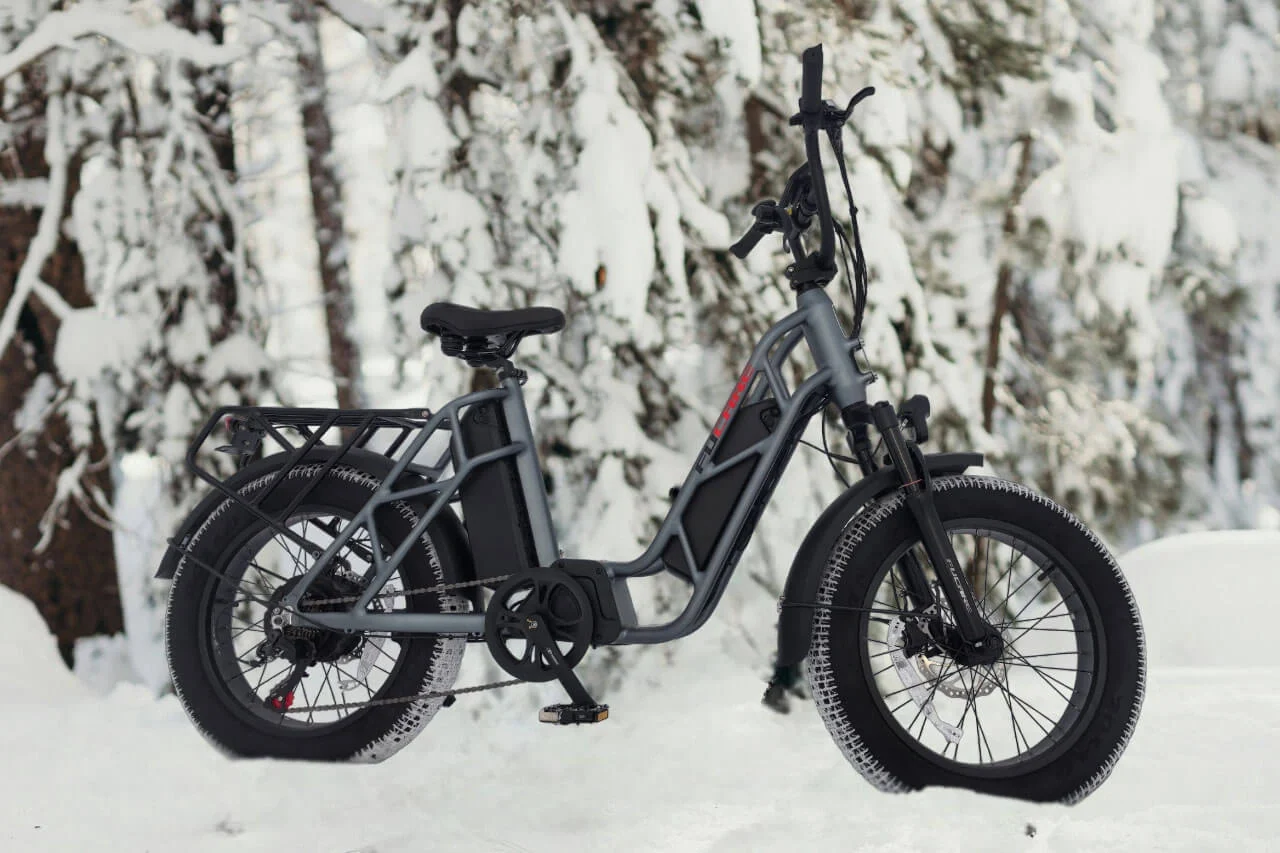
“Cold temperatures cause the gel inside the battery to stiffen, reducing its range availability.” — Himiway Technical Team, Official Himiway e-bike manufacturer, battery care experts
Your e-bike battery’s chemistry changes drastically in cold weather. E-bikes face basic operational changes in winter, unlike fuel-powered vehicles that just need more cranking power to start.
Why lithium-ion batteries lose range in winter
The science tells a clear story: when temperatures drop below 5°C, your e-bike’s electrical heart begins to struggle. In cold weather, the chemical reactions inside a lithium-ion battery require more energy to complete their normal processes, which means reduced efficiency and faster power loss. At around 0°C (32°F), these batteries can
lose up to 20% of their capacity, and at -10°C (14°F), the losses can climb to 50% or more. In other words, the same battery that powered your long summer rides may deliver far less energy in winter—even if your display still shows a full charge.
The role of electrolyte viscosity and ion mobility
The electrolyte is the biggest culprit in cold-weather performance loss. This liquid medium allows lithium ions to travel between the electrodes, but when temperatures fall below 5°C, it thickens from a free-flowing liquid into a syrup-like consistency. As the electrolyte becomes denser, ion movement slows down, restricting the flow of electrical charge. In extreme cold—sometimes below -20°C (-4°F)—the electrolytes become so viscous they are almost on the verge of freezing, which severely limits overall battery performance.
How internal resistance increases in cold
Cold conditions raise the battery’s internal resistance. Your battery might have plenty of energy but cannot deliver it fast enough to power your motor properly. More energy turns into heat inside the battery instead of powering your ride because of increased resistance. Summer hills become challenging to climb, and acceleration feels sluggish.
Battery management systems and cold protection
Modern e-bikes come with sophisticated Battery Management Systems (BMS) that protect against cold-weather damage. These electronic supervisors adjust performance based on temperature readings. Your BMS might reduce power output or shut down earlier than usual to protect the cells. This safety measure reduces your range but prevents harmful deep discharges in cold conditions that could damage your battery permanently.
Understanding Battery Age and Winter Performance
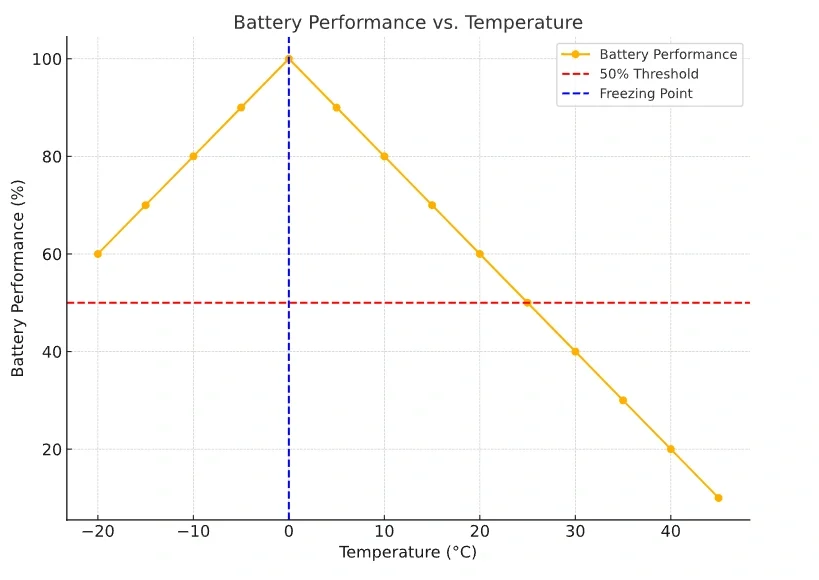
Battery age plays a significant part in your e-bike’s winter performance. All batteries face challenges in cold temperatures. Older batteries have it worse, which creates a perfect storm of reduced performance.
Why older batteries degrade faster in cold
E-bike batteries age much like humans do—they grow more sensitive to the cold as time passes. Older batteries naturally develop higher internal resistance, making them far more vulnerable to winter’s effects. This added resistance amplifies the usual cold-weather performance drop and can even double the amount of lost range compared to a newer battery. A well-maintained new battery might lose 30–40% of its range in low temperatures, while an older one can lose 50% or more under the same conditions.
Charging cycles and structural wear
Your battery’s cold-weather resilience depends on the number of charging cycles. Each complete charge-discharge cycle damages the battery’s microscopic structure. This damage builds up and affects the battery’s performance in challenging conditions. Quality e-bike batteries usually handle about 1000 charging cycles before substantial degradation, though manufacturers have different specifications. On top of that, it hurts batteries when they’re stored at improper charge levels (either completely full or empty). A properly stored battery might lose just 2% capacity per year, while one left in cold environments could lose 10-20%.
Signs your battery is struggling in winter
You can avoid unexpected ride interruptions by spotting winter battery problems early. These warning signs should catch your attention:
- Sudden range drops: Your battery’s range plummets drastically, even after warming up
- Extended charging times: Older batteries need much longer to reach full charge
- Power fluctuations: Unexpected cutouts or performance variations during rides
- Inability to hold charge: Battery level drops quickly even without use
- Recovery failure: New batteries bounce back once warmed, but aging batteries show permanent losses
Physical signs like swelling, leakage, or terminal corrosion suggest you need a replacement, especially when these problems show up or get worse during winter months.
Best Practices for Winter Battery Care
“Keep the storage space between 55ºF and 75ºF (12°C – 24°C) when possible.” — Velotric Engineering Team, Official Velotric e-bike manufacturer, battery technology experts
Your e-bike battery will last longer during winter months with proper storage and handling. These tips will help you maintain optimal performance when it’s cold outside.
Store your battery indoors at 15–25°C
Your e-bike battery should never be left in unheated garages or outdoor sheds during winter. The ideal storage temperature is between 15–25°C (59–77°F), which helps protect the cells from cold-related stress. Always bring the battery indoors—even if your e-bike remains outside. A dry, temperature-stable room provides the perfect environment to maintain long-term battery health.
Charge only at room temperature
One of the most harmful mistakes riders make is charging a cold battery. Always let the battery warm up to room temperature before plugging in the charger. Charging when cold can cause permanent lithium plating inside the cells and eventually
Avoid charging immediately after a cold ride
Let your battery warm up naturally indoors for 30-60 minutes after cold rides before charging. This simple step restores 10-15% of your range. Direct heat sources can damage your battery, so let it warm up naturally.
Keep battery at 50–70% if not in use
The ideal charge level for long-term storage sits between 50-70%. This range helps minimize self-discharge without stressing the cells. A fully charged or completely drained battery should never go into storage. Your battery needs a charge level check every 3-4 months to maintain optimal levels.
Prevent condensation with gradual temperature changes
Quick temperature changes create moisture through condensation that can cause corrosion or short circuits. Natural temperature adjustment works better than forced heating or cooling.
Extra Protection and Future Innovations

We can maximize your e-bike battery’s winter performance with several strategies beyond simple storage practices.
Using neoprene battery covers
Neoprene covers act like winter jackets for your battery, helping it maintain an optimal operating temperature on freezing days. These specialized sleeves trap the heat naturally generated during use, keeping your battery warmer so you can reduce range loss by up to 30%. Commercial neoprene covers usually cost €20–45 and are made with 3–5mm thick material that protects against moisture, dust, and minor impacts. For best results, store both the cover and the battery at room temperature, then install the cover right before you head out for your ride.
How riding behavior affects battery temperature
Your riding style affects how warm your battery stays throughout winter. We learned that using lower assist levels (eco or low-power modes) reduces discharge rates and preserves capacity. Smooth, gradual acceleration reduces voltage sag better than sudden power bursts. Cold air hardens rubber and increases rolling resistance, so proper tire inflation becomes even more significant in winter.
Emerging cold-resistant battery technologies
Scientists are making impressive progress toward cold-resistant power sources. Researchers at Jiatong University in Beijing have developed batteries that retain about 86% charging capacity in sub-zero temperatures. University of California San Diego researchers have created even more impressive prototypes that maintain 88% capacity at -40°C. These advances employ novel electrolyte formulations – including one based on dibutyl ether and lithium salt mixtures.
Solid-state batteries and new electrolytes
Solid-state battery technology shows promise as it gradually replaces liquid electrolytes with solid alternatives. These innovations are a great way to get substantial benefits: faster charging capabilities and improved safety by eliminating explosion/fire risks. They also adapt well to temperatures from -20°C to +50°C. One manufacturer reports that their semi-solid state batteries deliver 250-350Wh per kilogram with minimum 1,500 charging cycles while maintaining 70% capacity retention. These batteries are entering Chinese markets now, and wider European adoption is on the horizon.
Következtetés
Good winter care for your e-bike battery makes the difference between enjoyable cold-weather riding and frustrating performance issues. Temperature has a dramatic effect on battery chemistry and can reduce range by up to 50% in freezing conditions.
You can protect your investment with some practical solutions. Your battery will last longer if you store it at temperatures between 15–25°C, let it warm up before charging, and keep it at 50–70% charge during storage. These simple habits can save you hundreds of euros that you’d spend on early replacements.
Neoprene covers that cost between €20-45 give excellent protection during rides and can help you recover up to 30% of lost winter range. The way you ride matters too – gentle acceleration and lower assist levels help preserve battery capacity when it’s cold outside.
Solid-state technology shows promise with batteries that work well even at -40°C. These breakthroughs aren’t accessible to more people in European markets yet, so the care practices we discussed are your best defense against winter’s challenges.
Note that battery performance science might seem complex, but the solutions are straightforward. Your e-bike will perform reliably all winter long if you pay attention to temperature management before, during, and after rides. You can enjoy your e-bike whatever the season with these proven care strategies – winter riding doesn’t have to mean less range or battery damage.
Gyakran ismételt kérdések
Q1. How does cold weather affect e-bike battery performance?
Cold temperatures can significantly reduce an e-bike battery’s capacity and range. At freezing temperatures (0°C), lithium-ion batteries can lose up to 20% of their capacity, with losses increasing to 50% or more at -10°C. This is due to the electrolyte inside the battery thickening, which slows down chemical reactions and ion movement.
Q2. What is the ideal storage temperature for e-bike batteries in winter?
The ideal storage temperature for e-bike batteries during winter is between 15–25°C (59–77°F). It’s crucial to store the battery indoors in a dry room with stable temperature, even if the e-bike itself must remain outdoors. This helps preserve battery health and performance.
Q3. Is it safe to charge an e-bike battery immediately after a cold ride?
No, it’s not safe to charge an e-bike battery immediately after a cold ride. Allow the battery to gradually warm up indoors for 30-60 minutes before charging. Charging a cold battery can cause irreversible damage and reduce its capacity by 10-20% over time.
Q4. How should I maintain my e-bike battery if I’m not using it regularly in winter?
If not using your e-bike regularly in winter, maintain the battery charge level between 50-70%. This range minimizes self-discharge while preventing cell stress. Check the battery levels every 3-4 months and recharge to optimal levels if necessary. Never store the battery fully charged or completely drained.
Q5. Are there any accessories that can help protect e-bike batteries in cold weather?
Yes, neoprene battery covers can help protect e-bike batteries in cold weather. These covers act like winter jackets for your battery, maintaining optimal operating temperature even on frigid days. They can potentially reduce range loss by up to 30% and typically cost between €20-45. These covers also protect against moisture, dust, and physical damage.



